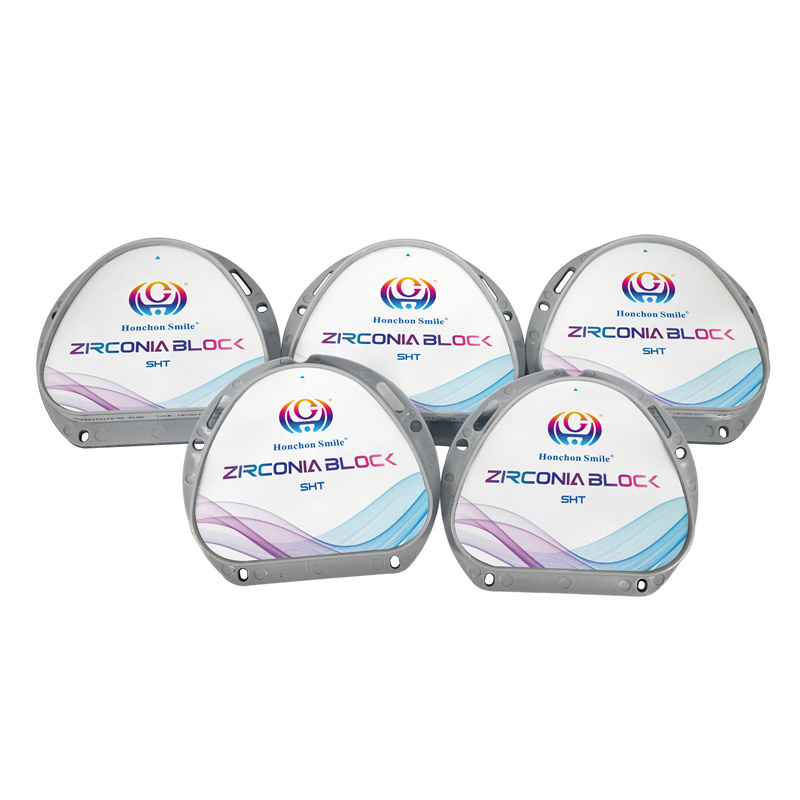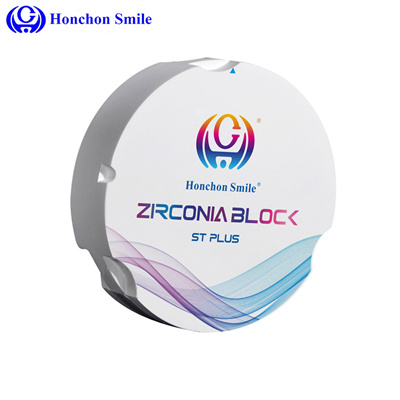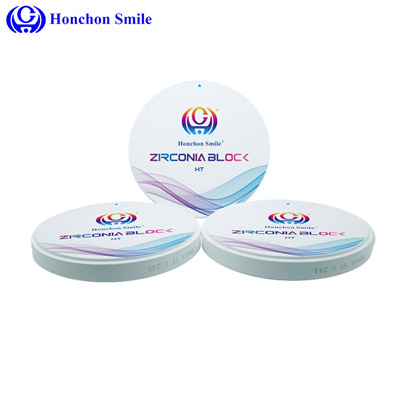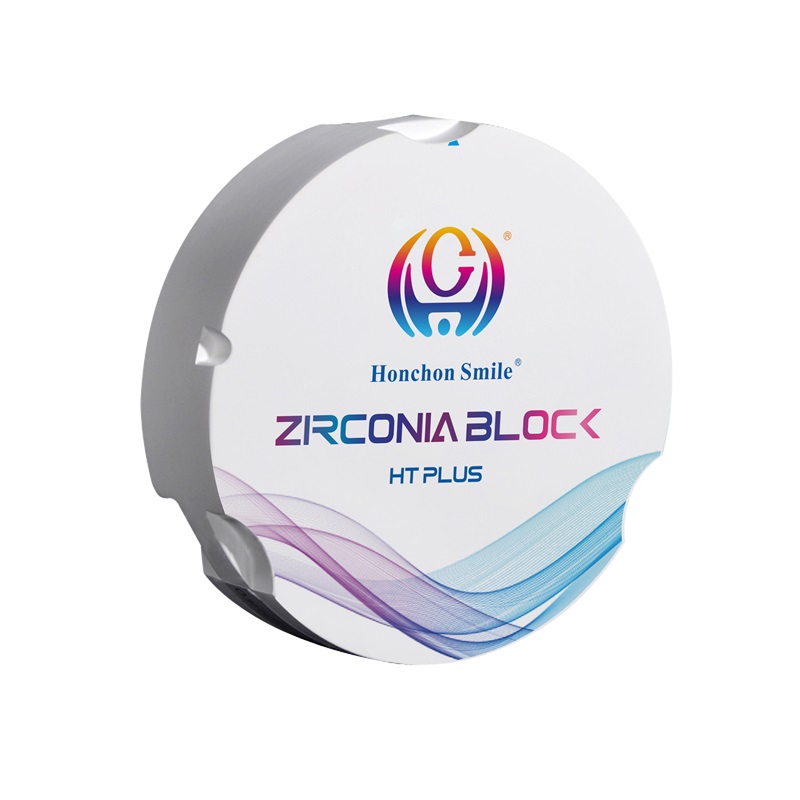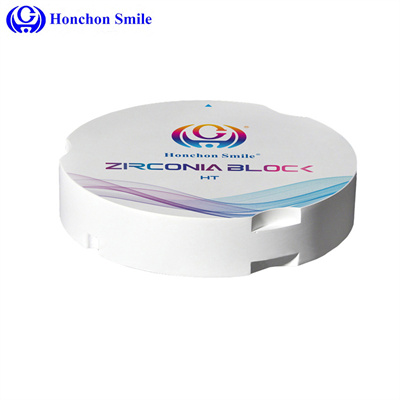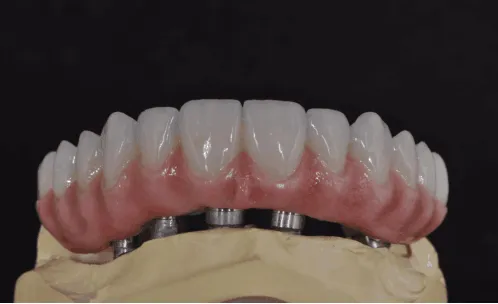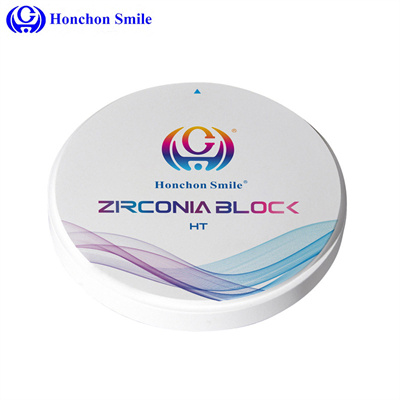Four-hand operation process
2024-05-07
Four-hand operation process
1. Resin filling
2. DT pile production
3. Pit and fissure sealing
4. Prepare for the crown
5. Temporary dental impressions are available
6. Initial root canal treatment
7. Root canal treatment again
8. Teeth cleaning
9. Tooth extraction
10. Surgical tooth extraction
11. Apply fluoride to teeth
12. Cold light whitening
1. Resin fillings
Material preparation: three-piece set, fast handpiece, slow handpiece, air gun tip, DMG resin filler, resin dental filling set
Light curing lamp Articulating paper
(Prepare as appropriate: anesthesia gun, anesthetic, needle, DMG scoop, gingival extractor
gingival retraction line)
Operating procedures:
1. Disassemble the three-piece set of filler, install the fast and slow speed head, air gun, and turn on the light curing lamp
2. Prepare alcohol gauze during the doctor’s examination
3. Drop the 1# and 2# solutions into the mixing box respectively, one drop of each, a small amount each, and close the box lid in time. Prepare 2 adjusting sticks (mark them for easy identification)
4. When the doctor removes cavities, suck saliva in time (do not hinder the doctor's operation), and choose whether to use anesthetics according to the condition.
5. Deliver the equipment in a timely manner according to the doctor’s needs
6. After the cavity preparation of the affected tooth is completed, use a saliva suction tube to help the doctor isolate moisture as appropriate.
7. Dip the mixing stick into liquid #1 and hand it to the doctor, apply it and blow dry.
8. Dip the mixing stick into liquid #2 and hand it to the doctor, apply, blow dry, and shine with light curing lamp for 10 seconds.
9. Take a piece of dry gauze and put it in your hand for later use. Select the resin model according to the doctor's requirements. (When handing the resin to the doctor, be careful to avoid direct sunlight.) Use gauze to keep the doctor's instruments clean at all times, remove excess material, and then illuminate for 20-30 seconds.
10. Repeat the above action until the last time the resin is filled, and the lighting time is increased to about 40 seconds.
11. The doctor uses articulating paper to adjust and polish the jaw. Finish
12. Wipe the DMG equipment and light curing lamp clean with alcohol cotton. Wipe the adjustment box clean after each use and put it in the refrigerator together with the resin set for later use (for example, the No. 1.2 liquid one-drop stick has only been used once and can be used again)
2. DT pile (glass fiber pile) production process
Material preparation: three-piece set, fast handpiece, slow handpiece, DT pile box, light curing lamp, conveyor, needle holder,
G drill No. II No. III, first generation drill bit yellow, blue, glass plate, knife adjustment, temporary glue
Operation process: 1. Disassemble the three-piece set, install the mobile phone, and put the equipment in standby state
2. The doctor slowly opens the G-tube and assists in suctioning saliva and adjusts the light at any time.
3. After the hole preparation is completed, you need to see a doctor to try out the first or second generation fiber posts.
4. Give the doctor Gruma acid etching agent, and at the same time, treat the required fiber post treatment agent and blow dry it, then apply a thin and even layer of adhesive, dry with an air gun and illuminate for 10 seconds, and clamp the needle holder for later use.
5. The doctor rinses the acid etchant with water and assists in saliva suction
6. Pass the adhesive, the doctor applies it evenly, blows it dry, and illuminates it for 10 seconds.
7. Punch a small amount of D-LINK onto the glass plate, mix it quickly and hand it to the doctor, hand it to the transporter at the same time, and then hand it to the fiber post in turn, and illuminate it for 30 seconds.
8. Pass the adhesive again, apply it, and illuminate it for 10 seconds. According to the doctor’s needs, replace the core post with resin and replace it with a small delivery head, a thin head, or a thick head.
9. After the doctor makes slight adjustments, illuminate the buccal surface and lingual surface in turn for 30s---40s.
10. After adjusting the shape, temporarily glue the temporary teeth on
PS: When handing the instrument, you need to point the handle towards the doctor and your head towards yourself for easy access.
Prevent scratches
3. Pit and fissure sealing
Material preparation: three-piece set, slow head, polishing brush, polishing paste, light curing lamp, pit and fissure sealant, acid etching agent
Operation process: 1. Disassemble the equipment, install the slow speed head, and brush your teeth
2. Clean the surface of the operating teeth with a polishing brush
3. Apply acid etching agent to the operating area and wait for 20 seconds.
4. Rinse the air gun with clean water, suck the saliva next to the affected tooth, and blow dry.
5. Apply pit and fissure sealant evenly and wipe the excess with dry gauze.
6. Light up for 30 seconds
7. Blending
PS: Wipe and disinfect with alcohol gauze after using the light curing lamp.
4. Preparing the crown and preparing the temporary tooth
Preparation of supplies: three-piece set, quick mobile phone, anesthetic, anesthesia gun, iodine, cotton swab, needle, gingival extractor
Gingival retraction line, partial tray (small mold), temporary tooth material, temporary adhesive, bite paper
glass plate knife
Operation process: 1. Disassemble the three-piece set and install the air gun and quick mobile phone
2. Disinfect the iodine cotton swab, install it in the anesthetic gun, and pass it to the doctor for anesthesia (if necessary)
3. Use alginate to take a small mold for later use (the small mold is fixed and wrapped with rubber glue)
4. Provide gingival retraction cord and gingival retractor as required
5. Cooperate with the doctor to prepare teeth and suck saliva
6. Cooperate with the doctor to adjust the temporary tooth material, put it into the small mold corresponding to the tooth position, and let the patient
Bite for 5 minutes
7. The doctor uses bite paper to adjust the jaw and polish the temporary teeth.
8. Mix the temporary adhesive material and remove it in about 1 minute. The nurse will prepare alcohol cotton to pick up the residue.
Finally, floss.
5. Take an impression when there is a temporary tooth
Preparation of materials: Three-piece set, small scoop, quick turning head, gingival retraction wire, gingival retractor, disposable small tray, Santoku pliers, injection barrel, temporary adhesive, color guide plate, glass plate, adjusting knife
Operating procedures:
1. Disassemble the three-piece set, install the air gun, and install the fast head according to the doctor’s needs
2. Use a small scoop to remove the temporary tooth, and find time to clean the inside of the temporary tooth.
3. Give the gingival retraction device + gingival retraction line, and quickly repair the teeth
4. Use a disposable small tray to test the size of the patient's mouth and trim it with Santoku pliers.
5. Listen to the doctor’s instructions and use 3M polymeter impression material to insert the injection tube (for one tooth).
1/3-1/2), quickly hand it to the doctor, and place it on the maxillofacial surface on a disposable small tray.
Apply a shallow layer of impression material and hand it to the doctor
6. After the material solidifies, remove the tray and clean the injection tube.
7. Mix the temporary bonding material to cement the temporary teeth. After 1 minute, cooperate with the doctor to remove any excess teeth.
remaining materials. dental floss
8. Compare the tooth color and hand the color guide to the doctor. Finally, remind and urge doctors to promptly
Write a technical work order and do a good job of registration.
6. Initial root canal treatment
Preparation of materials: anesthetic, anesthesia gun, needle, three-piece set, fast speed head, slow speed head, enlarged needle box (short needles for back teeth, long needles for front teeth)
Root canal measuring instrument, temporary king, cement filling device, pulp extraction needle, cotton twisting needle
Ruler Irrigation solution (normal saline, hydrogen peroxide, metronidazole) syringe
And iodine
Operating procedures:
1. Disassemble the three-piece set, install the air gun, and quickly move the phone
2. Disinfect the iodine cotton swab, install the anesthetic gun, and hand it to the doctor for anesthesia (if necessary)
3. Quickly open the root canal with your hand, pull out the nerve with the pulp extraction needle, and connect the pulp extraction with CP paper.
Needle
4. According to the doctor’s needs, hand over 10#---40# expansion needles (H file, K file) in sequence.
5. Have a syringe of physiological saline ready for flushing at any time, and hydrogen peroxide or methoxynitrate as needed.
Azole liquid syringe
6. Install the root canal measuring instrument to assist the doctor in measuring the root length and use a ruler to measure the length.
Spend
7. According to the measured length, expand the needle 10---40# (according to the doctor's needs)
Measure to the same length
8. After expansion, rinse, pass the cotton twist needle, dry the root canal, and apply to the root canal according to the situation.
medicine,
9. Use a cement filler to take temporary sealing material and seal the root canal opening.
7. Root canal treatment again
Preparation of supplies: three-piece set, digging spoon, enlarging needle box, ruler, temporary king, syringe, flushing
liquid cement filler cotton twisting needle
Operating procedures:
1. Disassemble the three-piece set and install the air gun head
2. Use a spoon to remove the last temporary sealing material, and according to the last measured root canal length and enlarging needle size, adjust the amount of enlarging needles one by one.
Use alcohol gauze to wipe instruments and dilation needles at any time
3. Rinse with saline rinse solution
4. Twist the cotton needle to dry the root canal and apply medicine
5. Use the cement filler to take temporary sealing material and seal the root canal opening.
8. Teeth cleaning
Preparation materials: scaling head, slow handpiece, scaler, three-piece set, polishing brush, polishing
cup polishing paste dental floss
Operating procedures
Prepare supplies and install the scaler before the doctor operates. (*Mouthwash tablets must be added to the mouthwash)
1. Tighten the cleaning head and put on the protective cover. (Expose the water outlet of the cleaning head)
2. Connect the scaler water outlet to the chair water outlet
3. Place the pedals
4. Cooperate with the doctor to suck saliva and pay attention to the lighting angle of the operating area at all times.
5. After using the scaler, promptly remove the water outlet tube and put it back in place (including the foot pedal)
6. When the doctor performs curettage, prepare alcohol gauze to keep the doctor’s instruments clean at all times.
7. The doctor pays attention to the condition of the patient's mouth when polishing, sucks saliva when necessary, and finally flosses.
9. Ordinary tooth extraction
Material preparation: Scanduni non-return anesthesia gun, iodophor cotton swab, 4# or 2 1/2 swabs
Large scoop, three-piece set, periosteal separator
Operating procedures:
1. Disassemble the three-piece set, install the air gun, and put mouthwash tablets in the mouthwash.
2. Prepare iodophor cotton swabs and disinfect them
3. Install the anesthesia gun, hand it to the doctor backwards and remove the protective sleeve.
4. Remove the stile and have dry gauze on hand to wipe the blood at any time
5. When extracting teeth, pay attention to supporting the mandible. Passing the scoop after tooth extraction
6. After removing the remaining tissue, prepare an ice pack and wrap it with paper towels.
7. Instruct the patient to rest for 10 minutes, remove the equipment, and keep a three-piece set for gauze replacement.
10. Surgical package for tooth extraction
Material preparation: tooth extraction surgical kit, three-piece set, Scanduni, retractable anesthetic gun, sterile hand
Sleeve, razor blade, sutures, cephradine capsules, prednisone, ice pack, iodophor cotton
sign
Operating procedures:
1. Disassemble the three-piece set, put the air gun and mouthwash tablets inside, and give 2 orally to the patient.
Cephalosporin + 1 prednisone
2. Install the anesthetic, tighten it tightly, sterilize the iodophor cotton swab, and pass it to the anesthetic in the reverse direction.
medicine gun, block anesthesia
3. While removing the tray, open the sterile tooth extraction bag, follow the doctor’s instructions to take out the sterile blade, and
bacterial suture
4. Assist with draping and keep the instruments and operating area clean at all times during tooth extraction.
Clear vision to absorb residual blood in time
5. During the process, be careful to support your jaw when extracting teeth to prevent dislocation.
6. After tooth extraction, prepare an ice pack for the patient, rest for 10 minutes, remove the instrument, and leave the
Three piece set for changing gauze
tooth extraction kit
Three-piece set*1
Small head express head*1 Hemostatic forceps*1
Needle holder*1 Large spoon*1
Periosteal separator*1 Tooth lift (4 or 1/2)*1 Knife handle*1 Drape*1 Some gauze
undercut package
Bent disc*2 Three-piece set*1
Periosteum separator*1 Large scoop*1
Needle holder*1 Curved hemostatic forceps*1
Knife handle*1 gauze*some
Hole towel*1
Teeth fluoride
The principle of caries occurrence
Because cariogenic microorganisms and sugars in dental plaque
The action produces acid, causing demineralization and loss of dental hard tissue.
A chronic progressive destructive disease of organic salt disintegration
sick. According to the triple factors of caries occurrence, caries
Prevention is mainly to enhance the anti-caries ability of teeth and control
Plaque formation and restriction of carbohydrate intake.
The purpose of tooth fluoride
Applying fluoride-containing medicine to the tooth surface can increase
Strengthen the anti-caries ability of teeth and prevent the occurrence of caries
Principles of caries prevention:
1. Fluoride reduces the dissolution of enamel and enhances the acid resistance of tooth enamel.
2. Fluoride can promote the remineralization of enamel
3. Inhibit oral bacteria from producing acid
The patient is taken to the clinic (patients under 14 years old are taken to the children's room and cartoons are played) and sits on the dental chair. Put on the bib and fill the water cup with 1/2-2/3 of the water. Open the sterile tray and put on gloves. Insert the three-dimensional water gun, saliva suction tube, and prepare doctor's gloves.
Supplies: slow bending, small brush, small alcohol cotton ball (to clean the tooth surface) dental floss and cotton swabs prepared by dental scaler
method
1. Use a slow-curving small brush to clean soft dirt on the tooth surface.
2. Blow dry the tooth surface → Apply fluoride protective agent on the tooth surface. You can use dental floss on the adjacent surface for 5 minutes, rinse and apply again.
Precautions:
1. The fluoride protective agent must be applied to the tooth surface for 3-5 minutes.
2. Swallowing a small amount of fluoride protectant will not cause side effects on the human body and avoid swallowing a large amount.
3. Do not rinse your mouth or eat within 30 minutes after applying fluoride.
4. The best time to apply fluoride is within 2-3 years after tooth eruption
5. Review the clinic every 3 months, apply fluoride regularly, and know the patient well
Use fluorine
Cold light whitening
Cold light whitening preparation equipment
*Low speed
*Polishing brush Brush + polishing paste (cannot use colored ones)
*Mouth control
*Shade guide/camera Camera
*Hole towel
* Cotton rolls/balls Tampons
*Whitening agents
*Whitening Machine
*Protective glassesGoggle
*Take painkillers before surgery
Cold light whitening operation process:
1. Give analgesic tablets and ask the patient to sign, indicating that the patient understands that cold light whitening does not necessarily lead to successful bleaching.
2. Take photos and compare colors
3. Clean or sandblast the patient’s teeth.
4. Put on protective goggles for the patient when performing exercises or spraying.
5. Let the patient bite the bite pad with both back teeth, put on the mouthpiece, and cover the hole with a drape
6. Use gauze to cover excess gums (including tongue)
7. Apply tooth leg protector on the remaining exposed teeth and light cure for 10 seconds.
8. The doctor applies the whitening agent to the tooth surface
9. The nurse aims the machine at the teeth and irradiates them for a certain period of time, about 20 minutes.
10. The nurse will suck up the medicine and apply it again. Repeat 3 times.
11. After whitening, rinse off the medicine and apply a layer of oxygen protectant on each tooth. Leave it on for 1min and then rinse off.
12. Take pictures of the patient, apply vitamins on the mouth, and explain the precautions.
Precautions after cold light whitening surgery
1. Generally speaking, teeth will be sensitive during the cold light teeth whitening process. The sensitivity will gradually disappear within 24 hours after treatment. It is recommended to take painkillers before and after the operation, and avoid hot or cold drinks on the same day.
2. Within 24 hours after treatment, teeth are easily stained with colored substances. You must avoid drinking tea, coffee, cola, red wine, berry drinks, using colored toothpaste and mouthwash, and eating dark-colored foods. Try to avoid Smoking.
3. For most people, one treatment can achieve whitening effect, but the effect varies from person to person. The length of time depends on the individual's eating habits and tooth structure, but is generally maintained for about 1 year. For some people with darker tooth pigmentation, more than one treatment is required.


